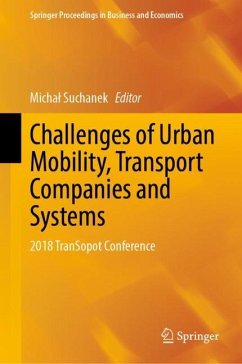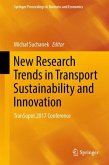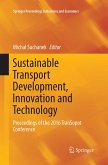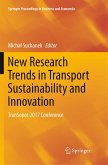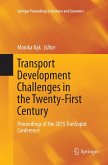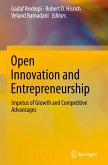This proceedings volume examines individual city transports, transport companies and entire transport systems. Featuring select contributions presented at the 2018 TranSopot Conference in Sopot, Poland, this book provides an analysis of transportation solutions both at the micro-level (single city or single company) as well as the macro-level (whole transportation systems). The enclosed research and case studies provide a theoretical background for transport analysis but also new innovative and sustainable solutions to transportation while also increasing the efficiency of transport operations.
Transportation is a very specific area of social and economic life. It creates countless opportunities and fulfills the need for mobility while also generating significant cost-direct for the company or indirect to societies. Planning and organizing transport is a task which requires a multi-level approach with a focus on operational, ecological and financialaspects. At a time in whichmany transport systems are unable to grow extensively due to lack of space or increased cost, these activities are even more crucial. The enclosed research from researchers, scholars and practitioners provides not only new theories but also empirical data and practical experience.
The TranSopot 2018 conference is a continuation of a long series of conferences devoted to the topic of transport sector development. The goal of the conference is to exchange current trends and spread the results of current research into the fields of transport growth, development and management.
Transportation is a very specific area of social and economic life. It creates countless opportunities and fulfills the need for mobility while also generating significant cost-direct for the company or indirect to societies. Planning and organizing transport is a task which requires a multi-level approach with a focus on operational, ecological and financialaspects. At a time in whichmany transport systems are unable to grow extensively due to lack of space or increased cost, these activities are even more crucial. The enclosed research from researchers, scholars and practitioners provides not only new theories but also empirical data and practical experience.
The TranSopot 2018 conference is a continuation of a long series of conferences devoted to the topic of transport sector development. The goal of the conference is to exchange current trends and spread the results of current research into the fields of transport growth, development and management.

